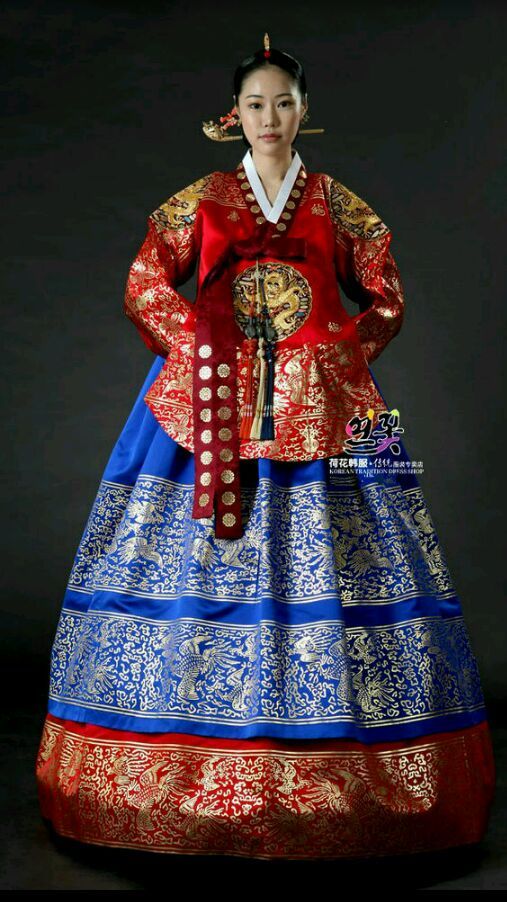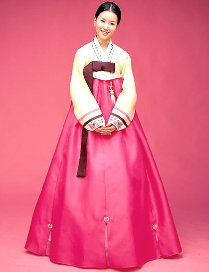

Whether you’re strolling in a city or adventuring away from the crowds, after this free audio lesson you’ll be able to describe what you need to suit the weather , or what you’re looking for when shopping for clothes in Korea.Although these two look very different today, the traditional Korean clothing looked similar to the traditional Chinese clothing during the Tang Dynasty. It is also worn during formal events and special occasions, like weddings, Lunar New Year, and Chuseok (Korean Thanksgiving).Clothes in Korean Knowing some words for clothes in Korean will be useful in all kinds of situations. The Korean hanbok is a two-piece, long, loose fitting, silk dress that originated from the Joseon Dynasty, which was the last dynasty of Korea. The qipao originated from the last imperial dynasty of China, the Manchu-ruled Qing Dynasty. However, it is also worn as a uniform in some restaurants, airlines, and hotels.
There were three types of cloth that were used to create clothing during the Tang Dynasty: wool, linen, and silk. Fashion became vogue and a variety of dress styles were created. Chang An, the capital of the Tang Dynasty, influenced the clothing style of the aristocratic people, bureaucracy, and king of the Unified Silla Dynasty.Korea Womens shopping mall, luxury-style micro clothes, bags, imported shoes, accessories at cheap prices you can order online.JOAMOM Korea ladies shopping mall korean shopping mall online korea online shopping mallThe variety, quantity, and quality of textiles during the Tang Dynasty reached an unprecedented height following advancements in the development of textiles, silk reeling, and cloth dyeing techniques from the Sui Dynasty.
During the Tang Dynasty, only the imperial family and noble class were allowed to wear silk. The color of the silk further signified the level of social class in the bureaucracy. Silk played an important role in the Tang Dynasty because it signified social status.
The dresses were composed of two parts and the skirt was long, loose, and flowing. Silk was predominantly used to make clothing for the aristocratic women, and aristocrats in general. The point of each outfit was to emphasize the individual’s beauty based on their social background.The style of dress changed throughout the Chang An period, but a few elements stayed the same. Two of the types were linen and woolens, and the rest were different types of silk: chiffons, damasks, satins, etc. Aristocratic women of the Tang Dynasty wore two-piece outfits made of the different types of silk that were complemented by elaborate hairstyles, makeup, and accessories.
Clothing In Korea How To Present Themselves
Confucian ideals was deeply rooted into clothing because it taught people how to present themselves to society. Most importantly, everyone in the Tang Dynasty was impacted by and dressed according to Confucian ideologies. Nature and animal motifs and specific colors were worn symbolically. Hairpins, accessories, and makeup were used to amplify beauty.
High waisted, silk dress with wide sleeves. The fan was a popular accessory. Curled-toed shoes demonstrates Persian influence. Strapless, high-waisted, silk dress with a robe of sheer fabric that is secured by a knotted sash.
Emperor Taizong wearing a gold, silk robe that is secured by a red belt with precious stones and gold. Kingfisher feathers were also very popular. Hairpins were usually made out of gold, silver, or ivory and were decorated with precious jewels, jade, and pearls. Geometric patterns, animals, birds, boas, and floral patterns were widely adopted in dress and adornments. Turned-up shoes are made of satin.From the three figures above, we can see that the Chang An women valued symmetry, balance, and composition in their clothing styles.
Confucius supported the regulation of color in clothing because he believed that this was needed for people to stay within their social positions. Confucius believed that each social class should dress differently based on color, material, style, pattern, and ornament in order to create a harmonious society. It was based on the Analects of Confucius, which emphasized the importance of clothing. The robe is secured by a belt that is decorated with gold and precious stones.During the Sui and Tang Dynasties, a strict color grading clothing system was created and was known as the pin se fu 品色服. The Tang Emperor wears a long, silk robe with a dragon symbol. He is the second emperor of the Tang Dynasty, and is considered one of the greatest emperors in China’s history.
After this emperor, the following emperors wore yellow costumes and no one else was allowed to wear yellow. The logic behind this was that there cannot be two suns in the sky, so there cannot be two emperors in a nation. Emperor Taizong proposed that this color could only be worn by emperors because yellow is like the color of the sun. The center of the five directions was associated with the element earth and the color yellow. In this sense, the act of intensionally wearing and not wearing certain clothing was a ritual that everyone participated in to promote social harmony.The color yellow was only worn by the emperor because it was thought that the emperor was at the center of the five directions.
Red represented fire, good fortune and joy. Those robes were usually a combination of gold, red, and black. Besides a yellow robe, the emperor had 14 other costumes that he wore depending on the event and what he was doing. Nobles used belts with 15 plaques of pale green jades. Anyone caught wearing clothing with dragons on it or having anything embellished with an image of a dragon was killed.Like the dragon and the color yellow, the belt with 24 plaques of white jade was used by only the emperor because of how rare the white jade was.


Court Ladies Preparing Newly Woven Silk painted by Song Dynasty Emperor Huizong. This means that this copy of the original clothing is authentic and can be used as a credible source to show how the Tang Dynasty influenced the clothing styles in the Unified Silla Dynasty. The city where the ancient tombs are located is important because it was the capital of the ancient Silla Kingdom and the Unified Silla Dynasty for a total of nearly 1000 years. Inspired by artifacts found in ancient tombs in Gyeongju City, Lee Kyung Sun created this dress after studying paintings from the Tang Dynasty. From the Collection of Arumjigi Culture Keeper Collections Foundation.The dress above represents what a Unified Silla Kingdom aristocratic women would have worn.
From the Journal of the Korean Society of Clothing and Textiles: Vol. Traditional Silla Design Elements. It is a two-piece outfit and is tied around the chest to hold the skirt up. Although it was made in the Song Dynasty by Emperor Huizong, it is an exact copy and only copy of the original silk painting by the famous Tang Dynasty artist, Zhang Xuan, who is also known for the silk painting Spring Outing of the Tang Court (can be found in the lecture slides).Like dresses from the Tang Dynasty, the Unified Silla Dynasty dress has geometric patterns, a long, loose skirt, wide sleeves, and a gauze shawl. A closer view.Lee Kyung Sun probably was inspired by this painting in particular.


 0 kommentar(er)
0 kommentar(er)
